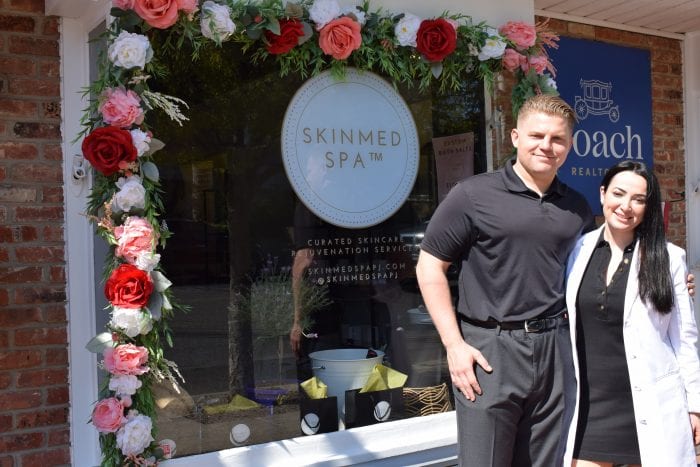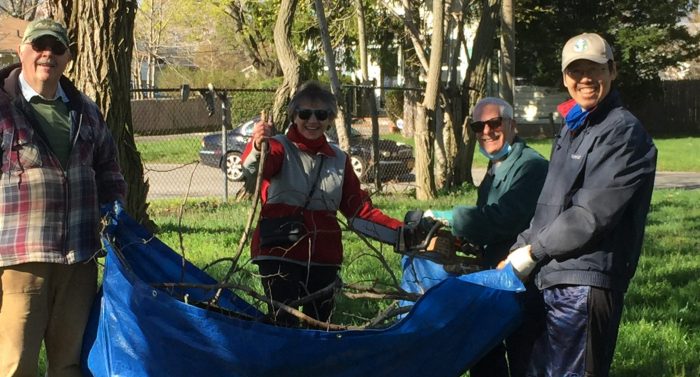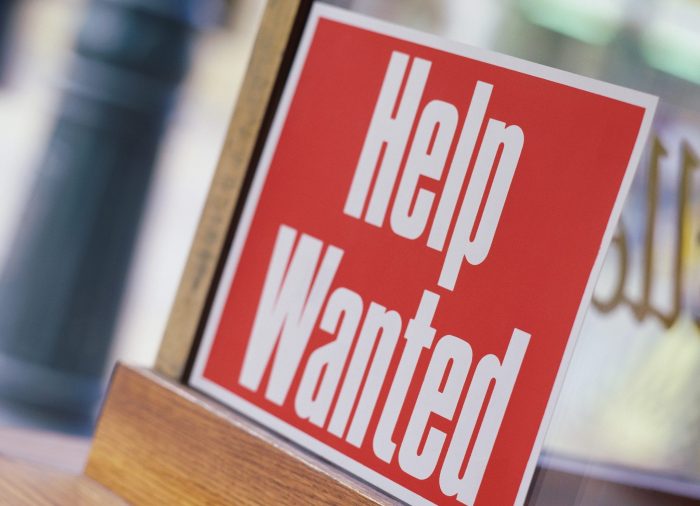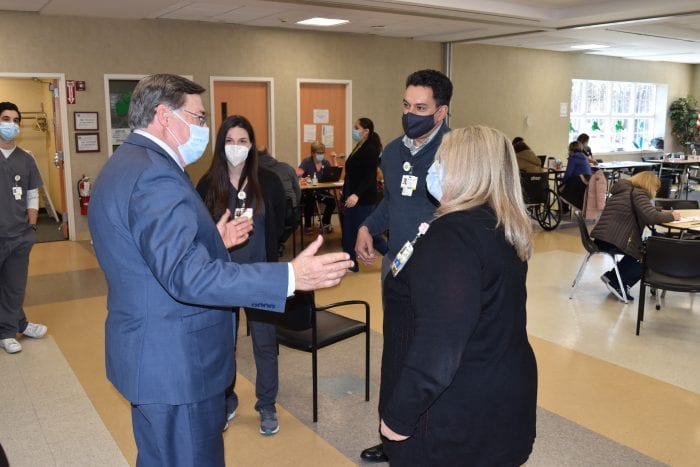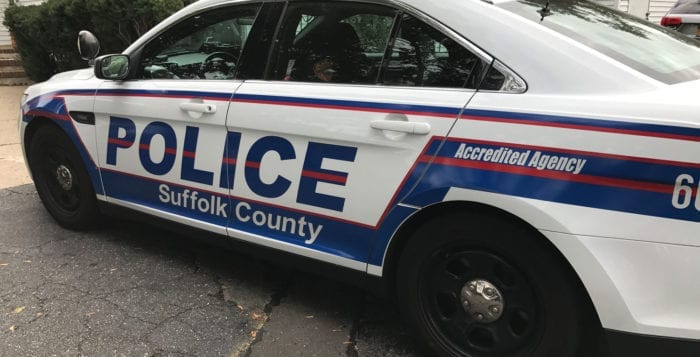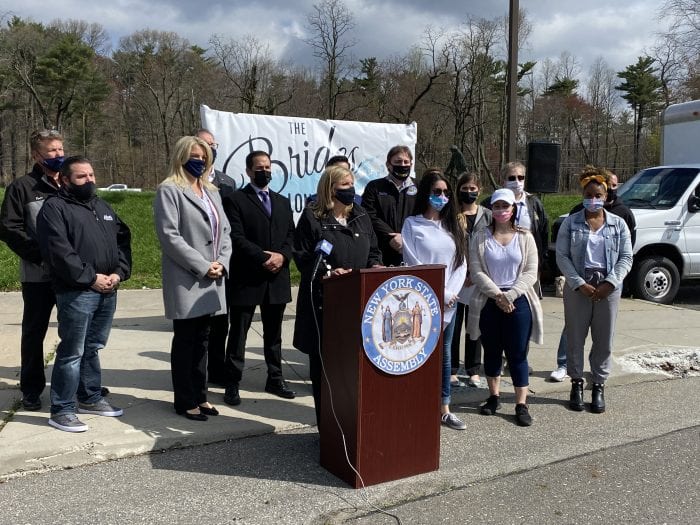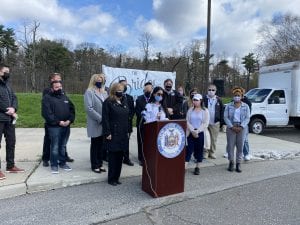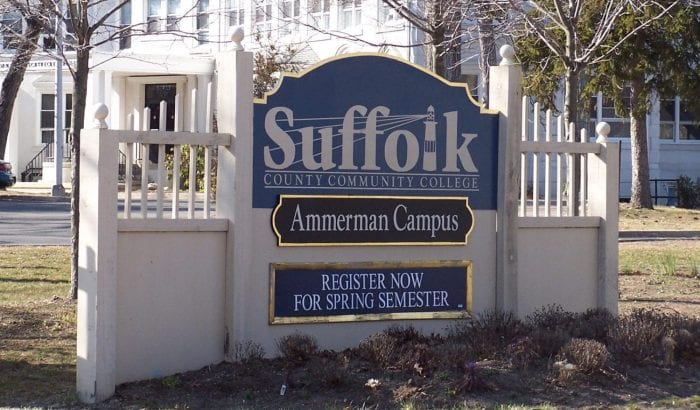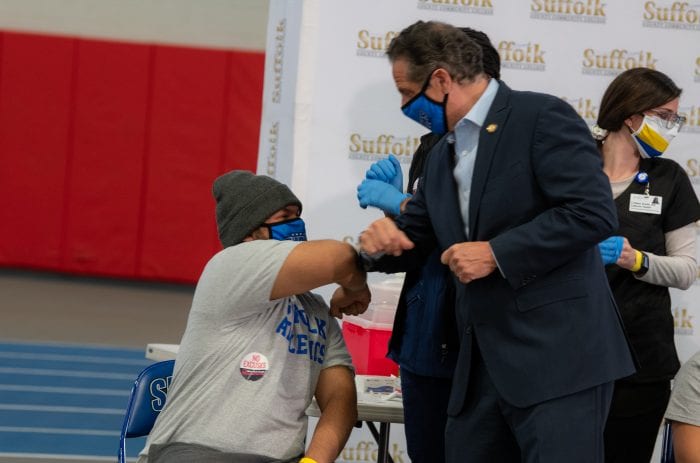A new spa has opened up Down Port, but it’s different than the rest.
Lauren Brown, a village resident and registered cosmetic nurse, decided during the COVID-19 pandemic that she wanted to own her own space.
“I’ve always wanted to do something like this,” she said. “The pandemic just got me reevaluating life and seeing what really matters and where my passions are.”
With her husband, Bill, on board to help, Brown officially took over the former Max & Millie storefront at 142 E Main Street in February. She said it felt like destiny.
In the industry for eight years, Brown has worked for dermatologists and plastic surgeons. While in those offices, she noticed that patients were tired of taking medications, antibiotics and putting chemicals into their skins.
“I thought about it and there are so many great, all-natural treatments out there and other things that we can do instead of always loading ourselves up with medicine,” she said.
So that’s when she got to work.
After finding the space in January, and signing the lease a month later, she and her husband completely revamped inside the former clothing boutique that closed in December.
“I’ve noticed that a lot of the businesses that do really well around here are many of these holistic businesses, because people are looking for more natural treatments to take care of their skin,” she said.
SkinMed Spa offers all the things that a typical spa doesn’t bring to the table.
“We are a place that offers all-natural rejuvenation services that are really targeting conditions of the hair, skin and nails,” Brown said.

Some treatments are for thinning hair, hair loss, acne and its scars, facial rejuvenation for fine lines and the breakdown of collagen. Brown said that SkinMed Spa is a place where troublesome issues can be fixed.
“If you actually have something going on in your skin, or you’re trying to maintain your skin to keep it up, this is the place for you,” she said. “I just wanted to offer a very calming and relaxing environment where people could just come and look around and even ask questions.”
Brown said her spa is a place where there is no judgement. Part of her store is an apothecary where she will sell affordable skin products that won’t break the bank.
“We sell affordable skincare products that are all natural that don’t have any dyes, sulfates or chemicals in them,” she said. “And customers can actually sit down with someone who knows about skin, and that I can help guide them in the right place to help treat some of these conditions.”
SkinMed Spa officially opened its doors on April 1 and since then, Brown has already gotten dozens of happy clients.
“What I’ve noticed over the last two weeks is everyone that I’ve been treating — within 24 hours — their relative or best friend is booking a treatment which honestly makes me feel over the moon,” she said. “I’m not just trying to do a facial treatment. I really wanted to have people’s skin be transformed and be happy with it.”
Bill said the services his wife offers are medical grade.
“You’re getting that kind of quality without going to a doctor’s office,” he said. “You’re getting real quality service in a more boutique kind of fashion.”
Some of the services include micro needling, which helps regenerate cells, plasma lifts, microdermabrasion, dermaplane, jet peels and no-needle lip plumping with hyaluronic acid.
“I wanted it to be almost like when you’re walking in the city, and you find like a really cool, swanky place,” she said.
But without the price tag. Brown said the services offered are a fraction of the cost compared to a doctor’s office.
“I wanted to be different where people could escape and you could think about yourself for a little bit,” she said. “How many how often do we put ourselves first? This is a place where you can relax, you can turn everything off, focus on yourself for a good hour, and go home with some stuff that makes you feel happy without spending a ton of money.”
SkinMed Spa is taking appointments online. To book, visit skinmedspapj.com.
“If it’s not the right service for you, we’ll talk about it,” Brown said. “It’s not we’re not going to just do something if it’s not right for your skin.”

